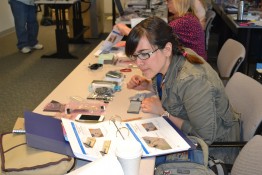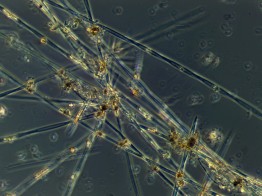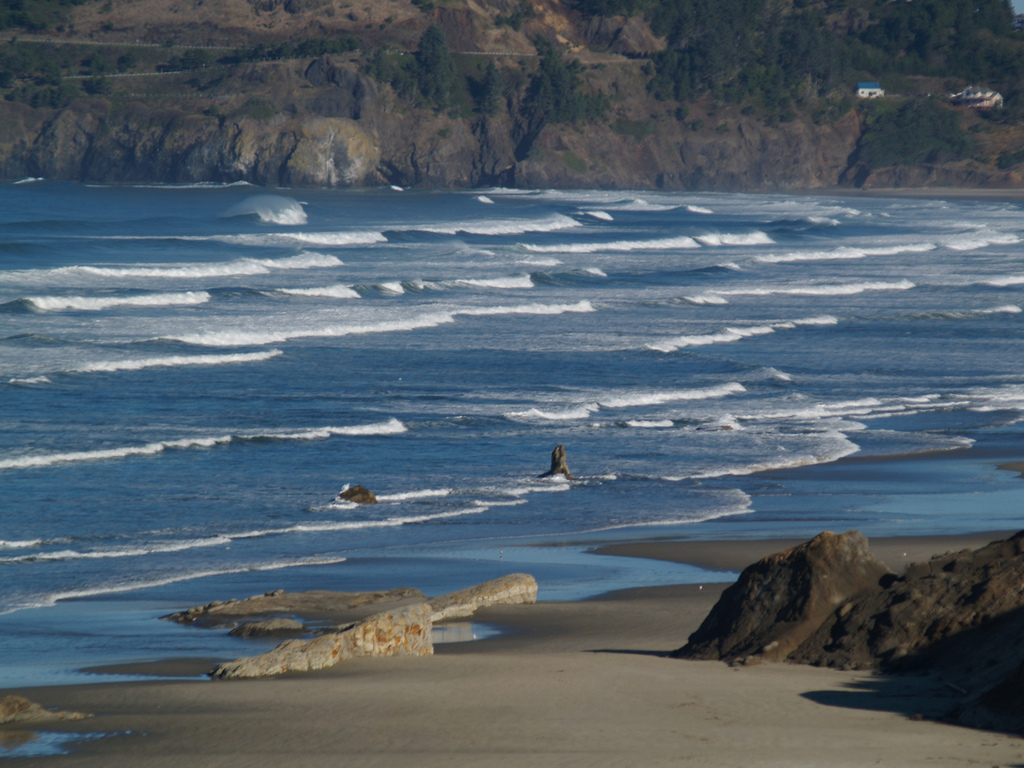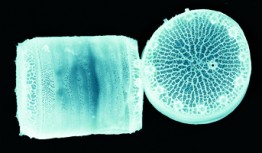Several hundred miles off the coast of Oregon and Washington, there’s an undersea volcano known as Axial Seamount. Thanks to a set of high-tech instruments installed last summer by a team of scientists, many from the College of the Environment, the deep sea is online and oceanographers were able to observe an eruption of the Axial Volcano in April 2015. PBS NewsHour’s Hari Sreenivasan recently spoke with the School of Oceanography‘s John Delaney and Debbie Kelley about their team’s deep sea observatory, including a network of sensors, moorings, and cameras that collect troves of new information about this underwater world.
Read more at PBS NewsHour »UW scientists engage the next generation of oceanographers through STEM partnership
For nearly 40 Washington State teachers attending the Olympic STEM Pathways Partnership workshop at the University of Washington in late-June, it was like Christmas had come early. Each educator sifted through a toolkit full of techy gadgets—a breadboard, ribbon cables, wires, antennas, and a microprocessor. The teachers used their cache of materials to assemble a powerful, data-collecting underwater sensor; and over the next several years, they’ll develop an approach to bring their new expertise back into the classroom.
Read more »Researcher at UW’s Olympic Natural Resources Center helps pinpoint massive harmful algal bloom
The algal bloom that shut down several shellfish fisheries along the West Coast earlier this year has developed into the largest and most severe in a decade or more—stretching from at least central California to as far north as Alaska. UW research analyst Anthony Odell is part of a NOAA-led team of harmful algae experts who are surveying the extent of the patch and searching for the swirling eddies that can become toxic to marine mammals and humans.
Read more at UW Today »Broad look at ocean research reveals gaps, opportunities
Scientists have long known that when it comes to the environment and ecosystems, everything is connected. Accounting for those interactions and complexities in nature is a difficult task, yet one that is becoming increasingly important as scientists and managers strive to understand the nitty-gritty of how our world works. The more we understand, the better we can manage and sustain thriving ecosystems and the natural resources that flow from them.
Read more »Genetic switch lets marine diatoms do less work at higher CO2
Tiny drifting algae called diatoms generate about 20 percent of the oxygen produced on Earth each year—more than all of the world’s rainforests. A new study from the College of the Environment’s School of Oceanography and Seattle’s Institute for Systems Biology looked at how common species of diatoms will adjust to sudden and long-term increases in carbon dioxide. The scientists found that when CO2 spikes, as might happen during a sudden change in ocean currents, the diatoms produce a signaling molecule that reduces the energy-intensive process required to concentrate the carbon dioxide.
Read more at UW Today »





